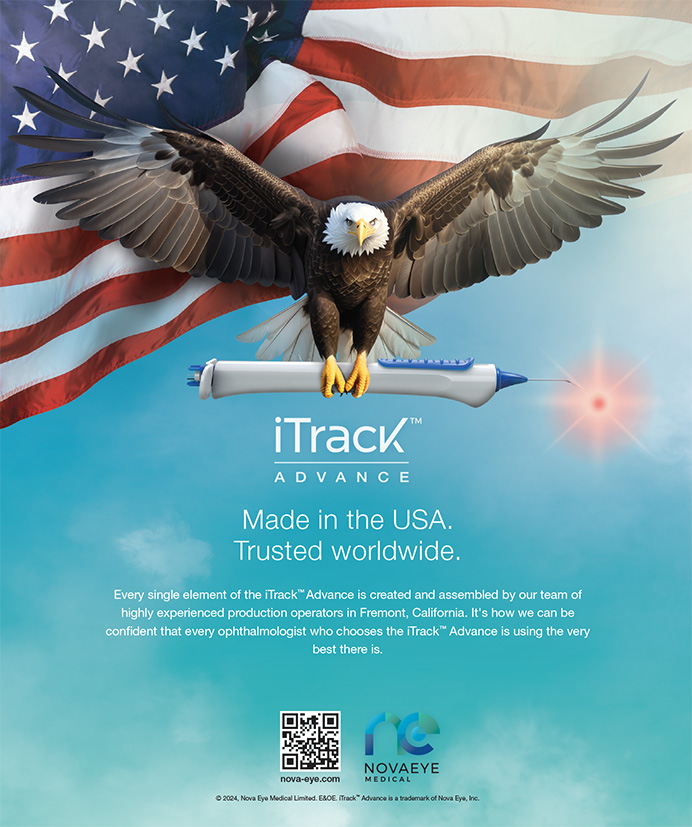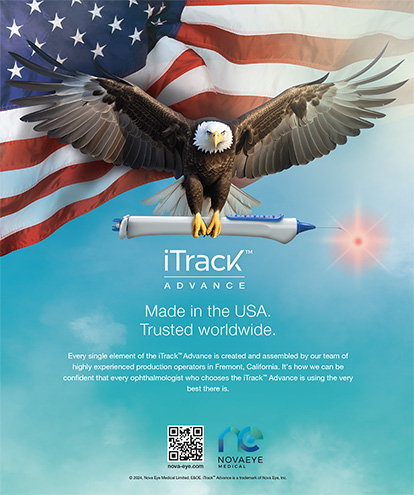Eyetube.net continues to feature videos on new techniques and technologies that help surgeons stay current on the latest surgical options for their patients. In numerous courses and lectures at the 2009 American Academy of Ophthalmology Annual Meeting, speakers presented their latest methods for handling both standard and challenging cases. Eyetube.net offers ophthalmologists the chance to review many of these new concepts just by logging on and viewing videos uploaded by surgeons from throughout the United States and abroad.
CHALLENGING CATARACT SURGERIESThis month, an exciting feature on Eyeytube.net is a series of surgical videos by Howard Fine, MD. Dr. Fine submitted 20 videos to the "Challenging Cases" section of the cataract channel on Eyetube.net. Subjects include cataract surgery in eyes with a shallow anterior chamber, pseudoexfoliation syndrome, and rock hard nuclei. As always, Dr. Fine shares the tips and tricks that will enable surgeons to overcome a variety of challenges (Figure 1) (www.eyetube.net/v.asp?spebip).
ROUTINE PHACOEMULSIFICATION AND A SMALL PUPIL
In contrast, David Lane, MD, recently uploaded a video on Eyetube.net titled, "Routine Phaco." In it, he provides a detailed overview of his typical cataract surgical procedure. He uses coaxial phacoemulsification with a relatively standard four-quadrant divide-and-conquer technique (Figure 2) (www.eyetube.net/v.asp?dilong). Dr. Lane also shares a challenging case of small-pupil cataract surgery in a monocular patient whose eye had a shallow anterior chamber. The video demonstrates how to place the Malyugin Ring (MicroSurgical Technology, Redmond, WA), which can sometimes be challenging. Once it is in place, the device maintains a widely dilated pupil, making the rest of the surgical procedure relatively straightforward (Figure 3) (www.eyetube.net/v.asp?zopitu).
OCULAR SURFACE SQUAMOUS NEOPLASIA
In "The Untouchables," Divya A. Kumar, MD, shares his no-touch approach to identifying and treating ocular surface squamous neoplasia, which includes carcinoma in situ and squamous cell carcinoma of the conjunctiva. This video focuses on the steps of the excision procedure to limit the risk of reseeding the tumor (Figure 4) (www.eyetube.net/v.asp?goreti).
RECURRENT EPITHELIAL INGROWTH
Chris Kurz, MD, shares his technique for the treatment of recurrent epithelial ingrowth in a patient who previously underwent LASIK (Figure 5) (www.eyetube.net/v.asp?boched). In my experience, epithelial ingrowth can be difficult to treat, because the rate of recurrence seems to be high.
CONCLUSION
Ophthalmologists frequently ask how to upload a video to Eyetube.net. Go to dropbox.yousendit.com/eyetube. Then, select the file or files you wish to upload from your hard drive. Finally, include a description and title for the video along with the presenters' names and locations in the message field. For more information, please contact Laura Lint, the digital technologies director for Eyetube.net, at llint@bmctoday.com.
Section Editor William B. Trattler, MD, is the director of cornea at the Center for Excellence in Eye Care in Miami and the chief medical editor of Eyetube.net. He acknowledged no financial interest in the product or company mentioned herein. Dr. Trattler may be reached at (305) 598-2020; wtrattler@earthlink.net.


